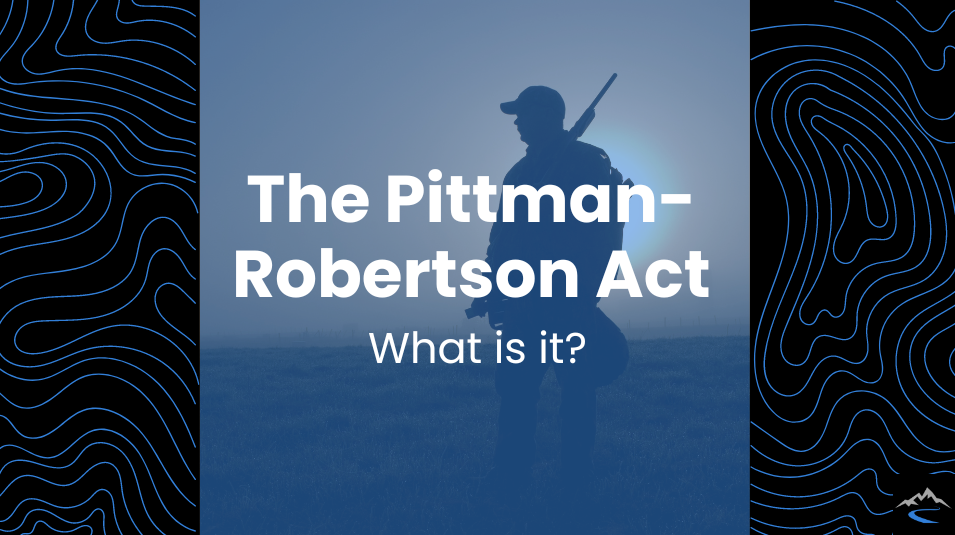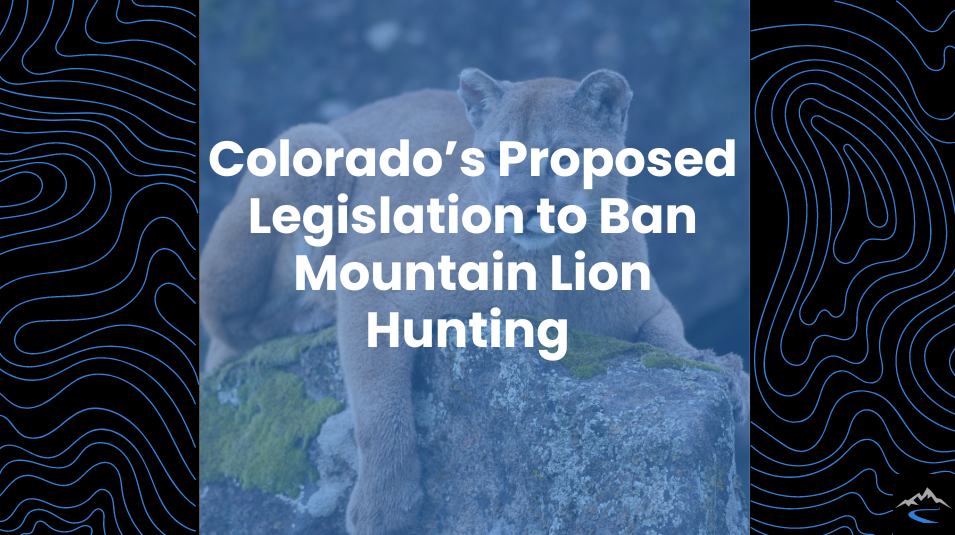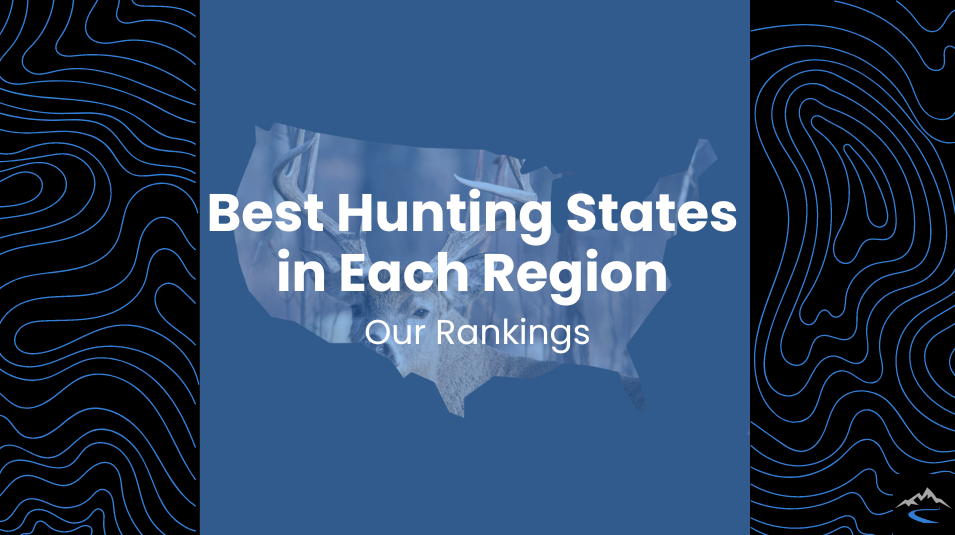In This Article

In This Article
The Pittman-Robertson Act. What is it?
Every hunter should be familiar with and knowledgeable about the Pittman-Robertson Act. Formally known as the Federal Aid in Wildlife Restoration Act, it was signed by President Franklin D. Roosevelt on September 2nd, 1937. The Act is named after its primary sponsors, Key Pittman of Nevada in the Senate and Absalom Willis Robertson of Virginia in the House of Representatives.
Back in the 1930s, the Act went along well with the rest of President Roosevelt’s “New Deal” and the constant infrastructure and other homeland improvements that were going on during that time. It was well supported by Congress and reinstated a new interest in conservation and the environment.
After being around for more than 80 years, the Pittman-Robertson Act has proven to be a solid system that allows for communication between federal and state organizations to solve problems that allow not only hunters but all outdoor lovers to continue to enjoy the natural beauty of the U.S.
So, what exactly is the Pittman-Robertson Act?
Essentially the Pittman-Robertson Act allows an 11% excise tax to be placed on sporting arms, ammo, and archery equipment and a 10% tax on handguns. The funds generated from this tax are used to improve wildlife habitat and wildlife management research. In 1970, the act was amended to include funding for hunter education programs and public shooting ranges.
The funds that are obtained from the excise tax placed on the shooting and hunting equipment are collected from the manufacturers and distributed each year to the states and territorial areas by the U.S. Department of the Interior. How do they decide where the funds should go? They give each state their portion of funding based on the number of licensed hunters in the state. States with more licensed hunters will receive more funding. For some perspective, according to the U.S. Fish & Game National Hunting License Report back in 2019, the top 10 states that would have revived the most funding are listed below:
- Texas – 1,162,430 Licensed Hunters in 2019
- Pennsylvania – 956,163 Licensed Hunters in 2019
- Wisconsin – 692,209 Licensed Hunters in 2019
- Michigan – 685,185 Licensed Hunters in 2019
- Georgia – 684,277 Licensed Hunters in 2019
- Tennessee – 679,038 Licensed Hunters in 2019
- North Carolina – 592,564 Licensed Hunters in 2019
- New York – 564,612 Licensed Hunters in 2019
- Minnesota – 563,127 Licensed Hunters in 2019
- Oklahoma – 541,553 Licensed Hunters in 2019
These 10 states made up over 45% of all licensed hunters in the U.S. in 2019. Visit the entire list here.
One of the great things about the Pittman-Robertson act is that it doesn’t only benefit hunters, but all nature lovers. The funds go towards the management of wildlife areas and wetlands as well as game and non-game wildlife, so whether you enjoy hiking, camping, rock climbing, biking, or any other outdoor activity the funds from the Pittman-Robertson act benefit you!
Within the Pittman-Robertson Act is a clause known as “Robertson’s 29 words”. This clause prohibits the funds obtained from the purchase of hunting licenses to be used for anything but their intended purpose. The money paid by hunters for their licenses is used only for the administration of that state’s fish and game department. So next time you go into your local sporting goods store or online to your state’s website to purchase your license, remember that the money you’re paying is going to help you and future generations have the same if not better hunting opportunities in the future.
Next time you’re picking up that new hunting rifle or bow, remember that not only should you be excited to have a new rifle or bow, but that you’re helping to support the wildlife areas where you will use that rifle or bow in the future. For more information on the Pittman-Robertson Act, visit hunter-ed.com where you can get complete your Hunter Safety Course, or visit the U.S Fish & Wildlife Service website.



